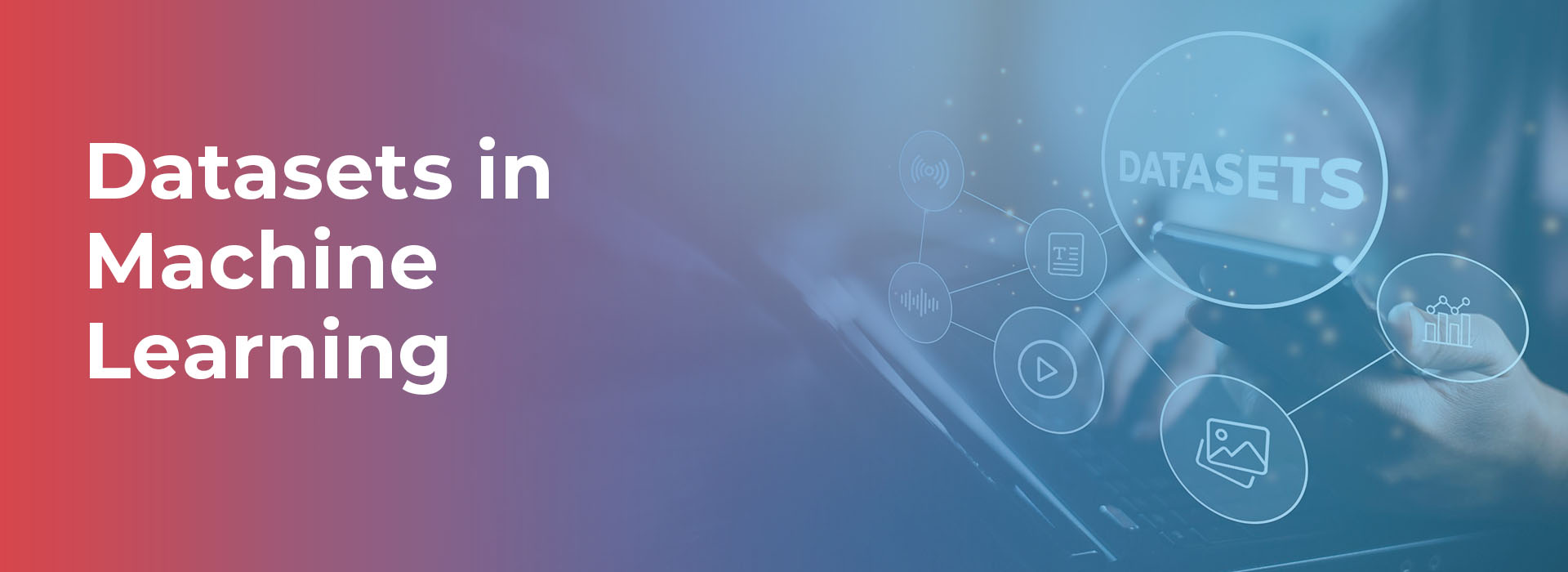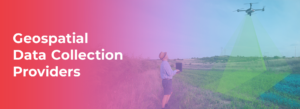What Are the Main Types of Datasets in Machine Learning?
Machine learning (ML) has emerged to be one of the tools that are used in almost every sector with an example of its applications being the use of recommendation systems and self-driving cars. One particular aspect that sustains these models is the data on which they are trained. It is hard to find efficient machine learning algorithms that will produce good predictions or actionable insights without the appropriate datasets. This is where the types of datasets utilized in machine learning come in handy for organizations like Macgence, in tasks such as model designing, so as to uphold optimal outcomes. This blog will identify and discuss the four most common types of datasets in machine learning with the reasons as to why they are useful.
Training Datasets
Perhaps the most attention should be directed to the training dataset because it is the backbone of the entire machine learning pipeline. This is the data set that is often used by the machine learning algorithm to understand the features and the relations of the given data set. As learning takes place, the model parameters (the weights) are altered whenever there is an error noticed in a bid to improve the performance.
Key Features:
- The model should only use training data that reflects the environment in which it is expected to operate.
- An extensive, varied, labeled training set improves the features and the accuracy of the model.
- In terms of the task, common types of training data include images, text, audio and numerical data.
For Example, In supervised learning, for instance, every data point in the training dataset comes with a tag or label. As a result, the model learns the relationship between a set of inputs and its output.
Example:
In a spam detection model, the training dataset would include samples of spam and non spam email with the labels saying spam for the spam mails and non spam for the rest. After training, the model will use the information gathered in the training stage to determine the probability of an incoming mail being spam.
Validation Datasets
Even though the training dataset is meant to make the model learn, the validation dataset plays a very important role in optimization. When a model is trained, the validation dataset checks its accuracy before it is finally tested. It is used to change the values of the parameters and hyperparameters of the model such as the learning rate in order to achieve high performance.
Key Features:
- Validation data is not collected in the course of training but is meant for improving the model.
- It performs a correctional function that is like a check on overfitting situations.
- Validation data will usually come from the same source as the training data but will be stored separately for the sake of unbiased evaluation.
Example:
Consider a situation in image classification, where a picture-based object identification system, similar to how matrix structure embedded into the image classifier will not be familiar in context, needs a validation data set of unseen and the ability to correctly recognize objects yet again in images which have not been seen before.
Test Datasets
The test dataset is considered as the last line of defense behind the actual deployment of any machine learning model. This is done after the model has been trained and validated and the test dataset is applied to assess performance of the model. The dataset is critical in tobacco such that it determines how well the model will perform on currently unencountered data.
Key Features:
- There should be no overlap between test data and any stage of training and validation data.
- This dataset embodies an indicative of how the model will perform under actual scenarios.
- The test dataset provides the last way of establishing the measure of the precision, recall of the model, accuracy levels and other variables that are used in monitoring performance within the organization.
Example:
For clinical image classification models including cancerous cell detection, The test dataset includes foreign images of cancer cells untouched during the periods of training and validation, aimed at checking the trained model performance.
Unlabeled Datasets
Unlabeled datasets arise readily in unsupervised learning where the machine has to uncover structures by itself without any help in terms of labels. Such datasets are employed in the processes of clustering, detecting outliers and dimensionality reduction, among others.
Key Features of Unlabeled Datasets
- Such datasets are data only but have no particular labels or annotative features.
- The data organization and assimilation techniques utilized by the machine learning model include clustering.
- A significant amount of unlabeled data can be converted into labeled data by processes like annotation and labeling.
Example:
Concerning customer segmentation, out of the labeled data, the unlabeled dataset can be epitomized by a customer’s purchasing pattern. Apparently, the model will study the patterns of the data and cluster the customers into several target market segments without explicit structural definitions.
Labeled Datasets
Labeled datasets are important in supervised learning given that they provide context concerning the input. They are input-output data, where the input is a generalized dataset and output is the known result of the input, and such inputs are designated with labels. Machine models that do predictions and classifications have to be trained using a labeled data.
Key Features:
- That is the variable that is being predicted when the model is engaged in the prediction task.
- Creation of labeled datasets is typically costly and tedious but required for models that are to execute efficiently and effectively.
- Labeled datasets have many applications in the areas of object detection, NLP, and speech recognition.
Example:
For instance, in a sentiment analysis model for a natural language processing task, the dataset may consist of sentences that are marked as positive or negative or neutral.
Synthetic Datasets
Synthetic datasets become useful in the event that normal data cannot be sourced, for economic or practical reasons. These are datasets that have been generated rather artificially but imitate the real data in some features. There are several applications of synthetic data, e.g. in healthcare or autonomous driving or gaming industries where real data would be hard to come or warrant privacy.
Key Features:
- It is possible to create synthetic data with the special purpose of correcting other data that has been over represented.
- More often than not, it is used to put models through the paces in anticipation of upcoming real world interaction.
- Synthetic datasets help in overcoming data privacy issues since they do not contain actual data of any real users.
Example:
There are instances where models based on synthetic datasets that were derived from virtual environments are trained to perform tasks such as object detection in self-driving cars.
Time-Series Datasets
A time-series dataset is a set of data containing observations that are organized chronologically. These datasets are mainly used in models that require the time factor, such as predicting trends in the stock market, forecasting the weather, and monitoring sensor data.
Key Features:
- Time-series datasets are organized in a sequential manner and there is a significance in the arrangement of the data points which is time based.
- Common difficulties that one faces when analyzing time series data include having trends and seasonality, issues of autocorrelation, among others.
- Recurrent Neural Networks (RNNs) are a type of deep learning model. They are specifically designed to handle time-series datasets. Additionally, they excel in processing other sequential data as well.
Example:
A time series dataset records past energy usage along with the corresponding dates and times. This information helps the model identify patterns in energy usage. By analyzing these patterns, the model can forecast future energy consumption accurately.
Conclusion
Understanding the available datasets in machine learning is crucial for developing better models. Whether it’s labeled, synthetic, or time-series data, choosing the right dataset is key to a model’s success. At Macgence, we specialize in acquiring, labeling, and organizing machine learning datasets. Our services ensure models are supplied with high-quality data for optimal performance.
FAQs
Ans: – The training dataset contains examples that the model needs to learn from. It helps adjust the parameters to reduce errors in the output. The evaluation dataset, on the other hand, comes into play after training. It tests the model’s performance on new, unseen data that wasn’t part of the training process.
Ans: – Dividing the training and testing datasets is essential. Without separation, the modeler might use the same data for both processes. This can create biased results, likely due to overfitting. Overfitting occurs when the model performs well only on familiar data, limiting its accuracy with new, unseen inputs.
Ans: – The validation dataset ensures the model isn’t limited to the training dataset. It evaluates the model during training.
You Might Like
February 28, 2025
Project EKA – Driving the Future of AI in India
Artificial Intelligence (AI) has long been heralded as the driving force behind global technological revolutions. But what happens when AI isn’t tailored to the needs of its diverse users? Project EKA is answering that question in India. This groundbreaking initiative aims to redefine the AI landscape, bridging the gap between India’s cultural, linguistic, and socio-economic […]
April 5, 2025
The Ultimate Guide to Geospatial Data Collection Providers
Geospatial data collection has become an essential part of modern industries, playing a vital role in urban planning, environmental monitoring, transportation, agriculture, and defense. With the advent of advanced technologies such as artificial intelligence (AI), satellite imaging, drones, and LiDAR, the geospatial industry is witnessing a rapid transformation. In this blog, we will explore some […]
April 1, 2025
The Strategic Benefits of Partnering with Macgence for Model Evaluation and Validation
In the rapidly evolving AI landscape, ensuring robust model performance is not just an advantage—it’s a necessity. For businesses leveraging AI/ML technologies, partnering with a specialized validation partner like Macgence can mean the difference between unreliable prototypes and enterprise-grade AI solutions. At Macgence, we bring unmatched expertise in AI model evaluation and validation to help […]
March 24, 2025
Natural Language Generation (NLG): The Future of AI-Powered Text
The ability to generate human-like text from data is not just a sci-fi dream—it’s the backbone of many tools we use today, from chatbots to automated reporting systems. This revolution in artificial intelligence has a name: Natural Language Generation (NLG). If you’re an AI enthusiast or a tech professional, understanding NLG is essential for keeping […]


 Previous Blog
Previous Blog







